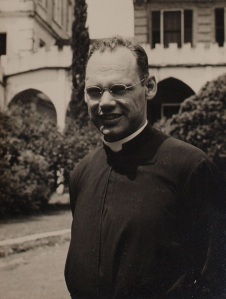Context: Magda Arnold and John Gasson are struggling to turn the papers from their recent “Workshop on Personality” into a book (a bunch of Catholic psychologists had gathered to discuss a Catholic approach to psychology; their conference papers were eventually published as The Human Person in 1954). On Sept. 25, 1952 Magda wrote to John, enclosing an “extended comment” on their manuscript from personality psychologist Gardner Murphy that Magda had, in turn, annotated for John to consider. She apologized for the daunting reading load:
Strikes me that I spend a lot of my time to provide reading material for you, which you may not have time for. To compensate with some more pleasant reading material, which will not require comments, I have sent you a package of stf. and Pogo, which you should have received by now
While I didn’t figure out what stf and Pogo were when I was writing my dissertation, I did make the discovery that John Gasson really liked his comics. Once, in 1955, when Magda was worried about John’s health he wrote reassuringly:
The fact that I have sat down to the typewriter instead of stretching out with a comic book is a symptom of improving and revival. Be of good heart, my dear, I ain’t sick I’m just no account.
When I was writing my dissertation I didn’t have time to do anything other than add John’s love of comics my list of his endearing pastimes (“Gasson is shown to be a man of many loves and simple, almost child-like tastes (comics, beer, baseball, and woodworking”)). But in my revision research, I tracked down what Pogo and STF are!
Pogo was the easy one: a daily comic strip by Walt Kelly, picked up for national distribution in 1949. It starred mostly animal characters and was often satirical. Sometimes his targets were particular politicians but more often they were ridiculous aspects of American politics that still deserve skewering today, such as unthinking dependence on political polling. John Gasson is shown in his letters to have a great sense of humor, so no surprise this more intellectual variety of comic tickled his funny bone!

I even found two that mention psychology! John definitely would have been sympathetic to these roastings of psychoanalysis/psychiatry! He could have even contributed his own satirical musings on the subject.


And one on science/pseudoscience!

When I mentioned this discovery to my family, my adopted auntie said “Oh, of course, Pogo!” and informed me that she had a collection of Pogo comics herself! Which just goes to show you how out of touch one generation can be about the art and culture of another.
However, it turns out I did actually grow up seeing Walt Kelly work myself. Kelly was an animator for one of my childhood Disney favorites, The Reluctant Dragon!



Sadly The Reluctant Dragon was the last Disney film Walt Kelly worked on; he was one of many animators who left following the 1941 animator’s strike. In fact, there was quite The Reluctant Dragon-theme amongst all the beautifully crafted picketing signs!



They even picketed the black-tie premiere of The Reluctant Dragon!


Thankfully, it worked, the Screen Cartoon Guild won, and Disney animators have been unionized ever since. Solidarity to members of The Writers Guild of America, who are currently on strike–may you have as good of luck in your fight for residuals!
Anyway, the 1941 strike led to Walt Kelly becoming a cartoonist instead of an animator. He apparently didn’t picket but dodged the issue by taking leave to see a sick sister back East instead. He left behind a limerick that begins “For years I have reached for the moon But the business is now in roon…” and a comedic sketch depicting himself in the prow of a sinking ship “Reluctant Dragon”, waving a hanky at a colleague escaping in a rowboat labeled “Dumbo.”
It’s worth thinking more about what John Gasson must have liked about Kelly’s cartoons. For one thing they are set in the South (in Georgia’s Okefenokee Swamp). But John probably also liked the clever satirical nature of the work. Others have described Kelly’s work as “A flawless blend of slapstick, parody, allegory, political commentary, intellectual whimsy, social satire and Irish poetry- Pogo can be read on several levels at once, and it set a new standard of excellence in newspaper humor strips that has never been equaled. Kelly has been compared to everyone from James Joyce to Lewis Carroll to T.S. Sullivant.”
Kelly was named Cartoonist of the Year in 1952, the year Magda sent John the cartoons, so he was very of the moment. One wonders what John Gasson made of “Simple J. Malarkey,” a gun-toting bobcat character, who was a clear caricature of Senator Joe McCarthy. Kelly introduced Malarkey in 1953, at the height of his anti-Communist crusade.



Newspaper editors often tried to censor the political elements of Kelly’s work by “altering or deleting strips; dropping the strip entirely; or moving offending strips to the editorial page.” Kelly got around one Rhode Island editor’s threat that he would drop the strip if Malarkey’s face appeared in it again by putting an empty bait bag over Malarkey’s head, which made him look a hooded member of the KKK. Defeated, the editor moved the comic to the op-ed page. The final appearance of the sinister Malarkey (his face tar-covered) had him facing off against Mole with an ax before disappearing into the swamp. Kelly would skewer a number of political figures: Nikita Khrushchev (depicted as a pig and a bear), Fidel Castro (a goat), Spiro Agnew (a hyena), and J. Edgar Hoover (a bulldog) but his satirizing of McCarthy was the most controversial. Kelly had no regrets, in 1959 he picturesquely derided those who had followed this “Pied Piper for Know-Nothingism”:
These self-pitying few, when on the march, made a lot of flash, and many of the rest of us, having hit the dirt and crawled into the bushes, had difficulty counting the enemy as they went by. This last craven crowd, by adding up the bugle calls and the firecrackers, decided to join what seemed to be a majority.
There were certainly Catholics in this era who were virulently anti-Communist like McCarthy, or at least jumped on the bandwagon, since it was a handy way to communicate their patriotism, which was often in doubt (weren’t they loyal to the Pope?). But Magda and John seem not to have been among them. They do occasionally comment negatively about the totalitarian aspects of Communism in some of their scholarly publications, but it is hardly a focus. So perhaps John enjoyed the McCarthy skewering.
The “STF.” reference was more of a puzzle. There’s another STF mention in the letters by Magda when she was writing to John about her experience of feeling a bit out of place as a Catholic while as a visiting scholar at Harvard:
It’s peculiar, I enjoy the atmosphere (in the best sense of the term) and yet am painfully aware that I am skating on thin ice or rather, that the pleasant talk at lunch, etc. is strictly on the surface, that there don’t seem to be any roots to their convictions, almost like that stf story where the earth suddenly disappeared as firm ground because somebody or other forgot to keep it in mind. So you can see, I do need a boost, it’s almost as if the ground were disappearing from under me on both sides, though for different reasons.-I wish I could see you just for half an hour, just to convince myself that there is some firm ground left. (Arnold, 1952, M. Arnold to J. Gasson, October 6, 1952)
When I was writing my dissertation my best guess was that stf = St. Francis, since the ground disappearing did seem like a possible saint’s life story, but I could find hide nor hair of such a story. No wonder, because it turns out “STF” is an archaic abbreviation for science fiction, as in “ScienTific Fiction.”
No clue in the correspondence what science fiction comics would have been to John’s taste, but it certainly is intriguing to think of this Jesuit priest curling up with science fiction and that informing his ideas about mid-century science!



He did choose to write a chapter on theory in science in The Human Person and reading this chapter suggests he was following cutting edge science with interest. About physics he wrote:
Quantum phenomena are a sore trial to the theorist; electrons are nowhere in the atom and where they are, they — like the famous soldier — are riding off in all directions. They are neither particles nor waves nor even wavicles; they are at best symbols in an equation. (The Human Person, 1954, pg. 52)
Interesting too, to know that Magda was familiar with at least one Scifi story (her daughter says she didn’t read fiction much herself, so she likely learned of this story from John). It also makes her reference to the technology she wishes she had read differently. Later in Magda’s September 25, 1952 letter (the same one in which she tells John she’s sent him STF) she describes how she’s beginning her slog through all the prior emotion research preparatory to writing her book on emotion. She then says:
If I were an inventive genius, I’d build myself a walkie-talkie that would cover the 1300 miles to Mobile, then I could have a session with you every now and then, to digest all that stuff.
I know it could just be military walkie talkies Magda is thinking of, but all this Scifi stuff makes me wonder if she was actually thinking of something more futuristic! Like Maybe Buck Rogers’ futuristic video-phone sort of device from his secret lab in a cave behind Niagara Falls in the year 2430? (as shown in in the TV version that ran 1950-51)

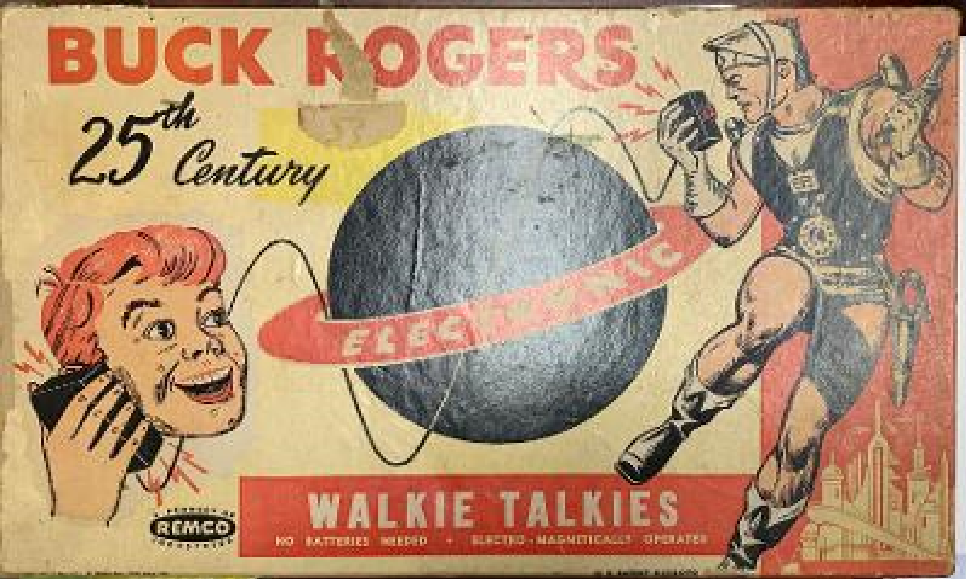

Certainly Magda wasn’t the only one thinking about the technology of the future in this era!


I wonder if she imagined something like this engineer did in 1956?
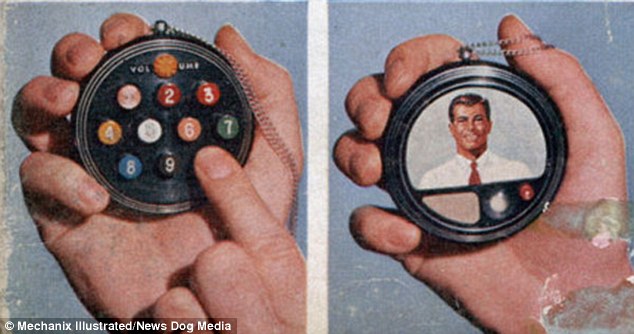
Forget flying cars! Where’s my powder case-sized cell phone with wearable chain? Seems both practical and fashionable!

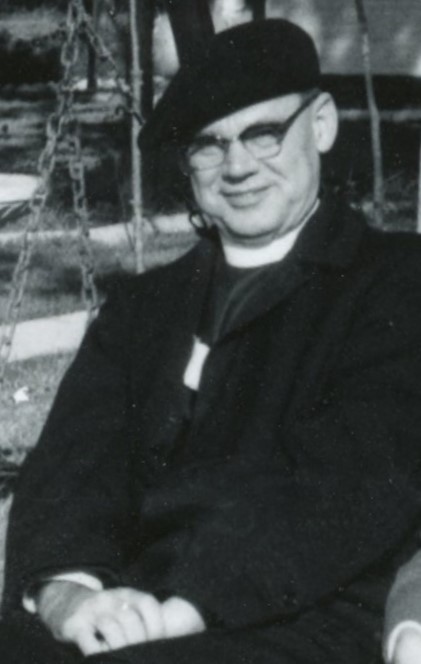






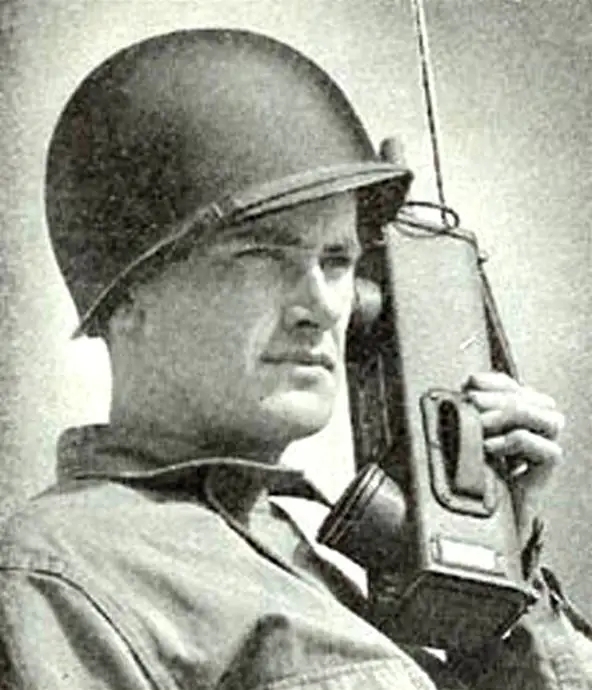
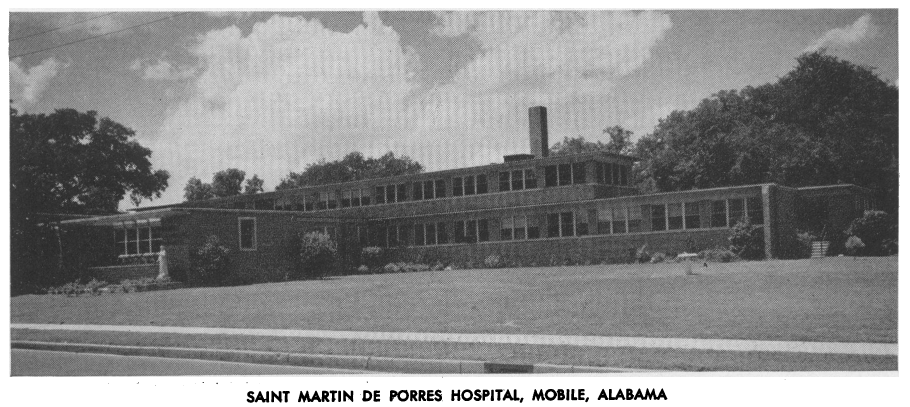
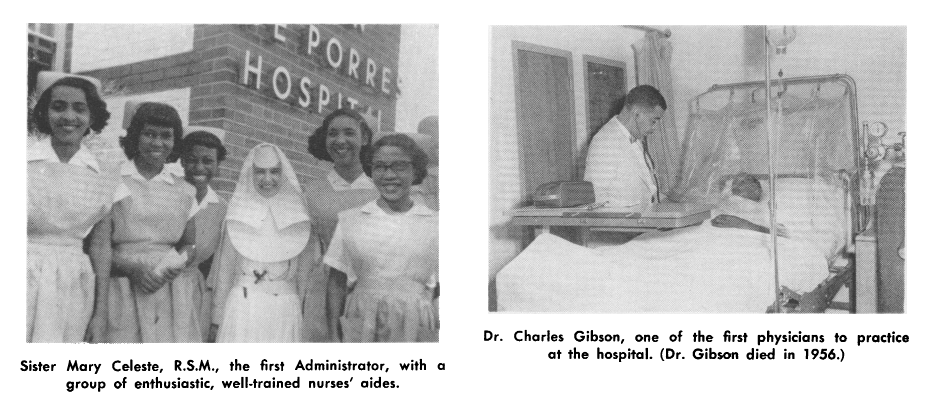
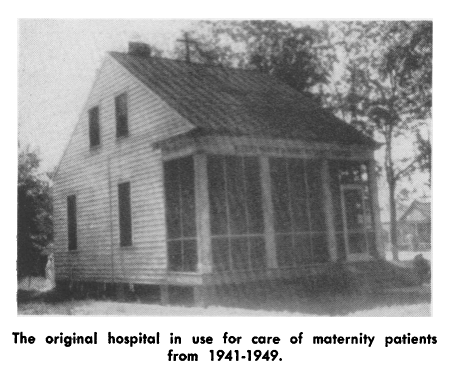
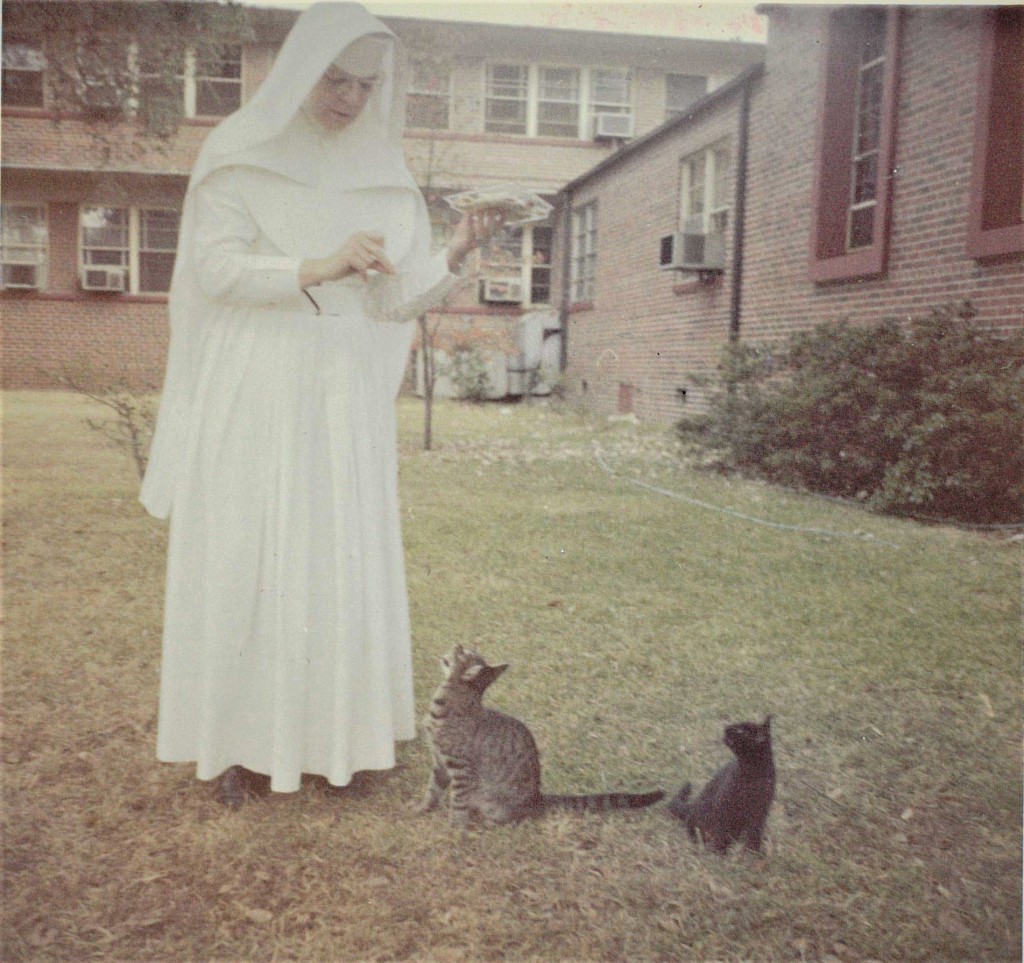


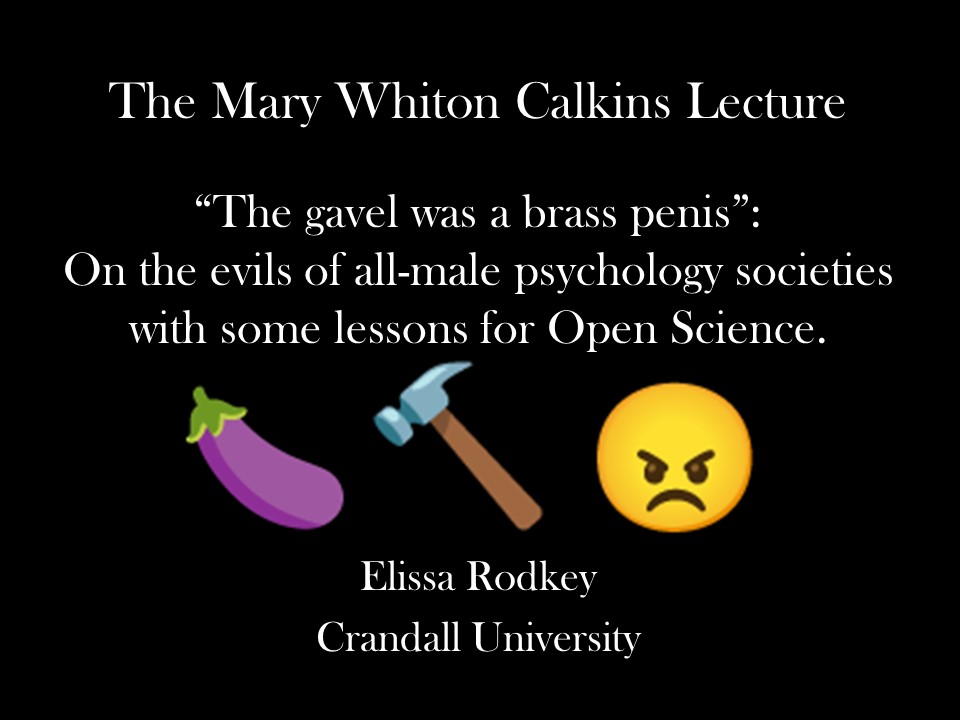


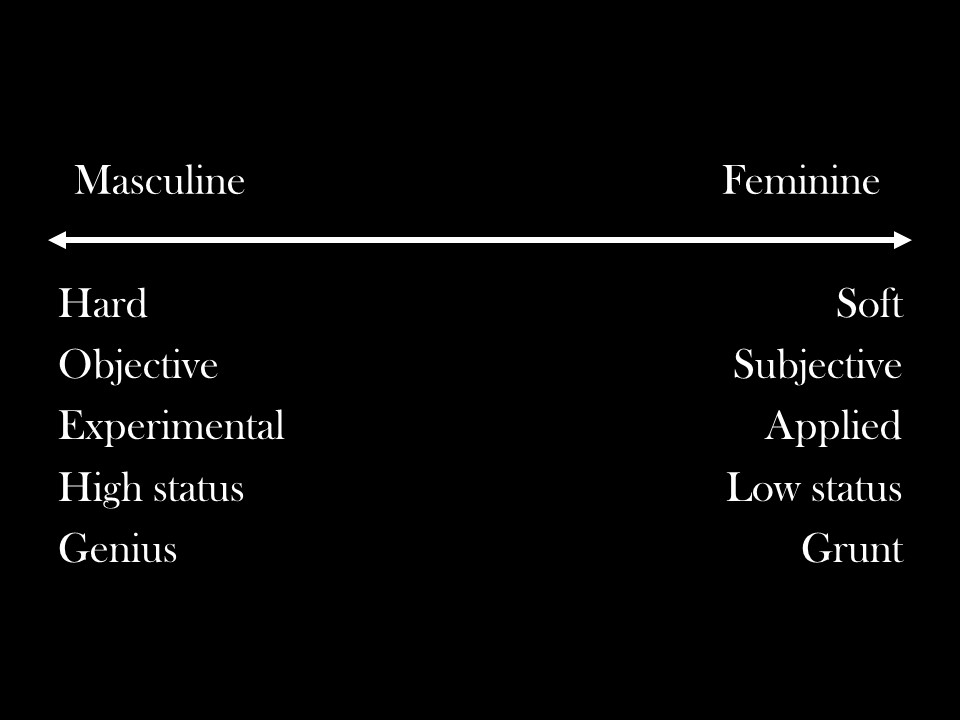
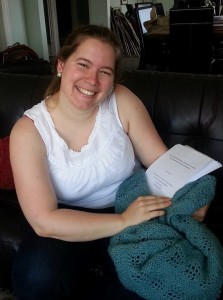
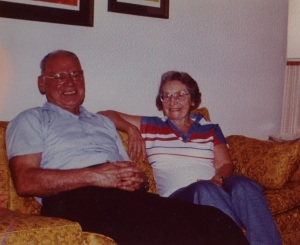
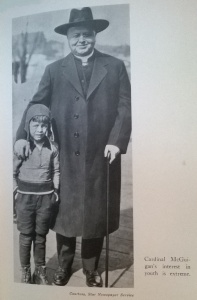
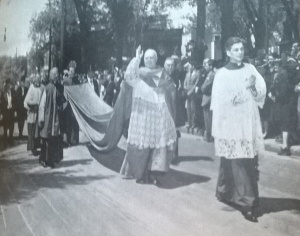 m a book I stumbled upon about Cardinal James McGuigan, who was Archbishop of Toronto 1934-1971 and was made a cardinal in 1946. The book is a celebration of McGuigan’s installation and documents the pomp and circumstance of various events like the photo at right, from a Marian Congress in Ottawa. The book was published in 1948, the same year that Arnold converted, and to me it speaks of a completely lost Catholic world. Where you could have the streets of Ottawa lined with faithful Catholics,* where “His Eminence” could glory in the ring and other ornate vestments of office, where, perhaps most of all, you could publish a book with an image of the archbishop with his arm around a young boy and the unselfconcious declaration that the Cardinal’s “interest in the youth is extreme.”**
m a book I stumbled upon about Cardinal James McGuigan, who was Archbishop of Toronto 1934-1971 and was made a cardinal in 1946. The book is a celebration of McGuigan’s installation and documents the pomp and circumstance of various events like the photo at right, from a Marian Congress in Ottawa. The book was published in 1948, the same year that Arnold converted, and to me it speaks of a completely lost Catholic world. Where you could have the streets of Ottawa lined with faithful Catholics,* where “His Eminence” could glory in the ring and other ornate vestments of office, where, perhaps most of all, you could publish a book with an image of the archbishop with his arm around a young boy and the unselfconcious declaration that the Cardinal’s “interest in the youth is extreme.”**

